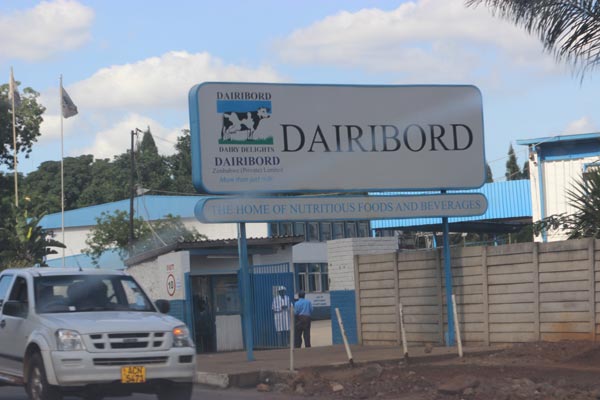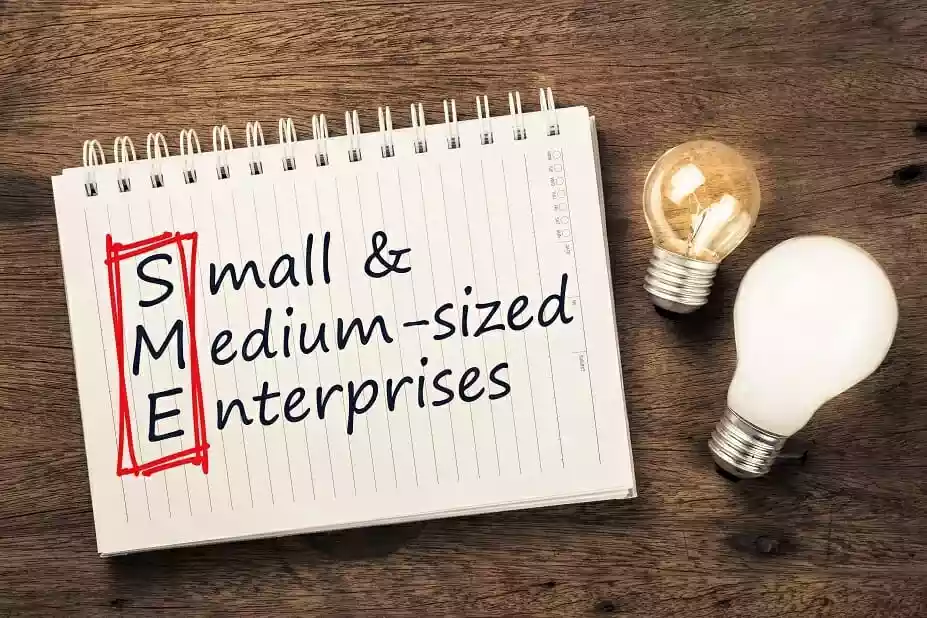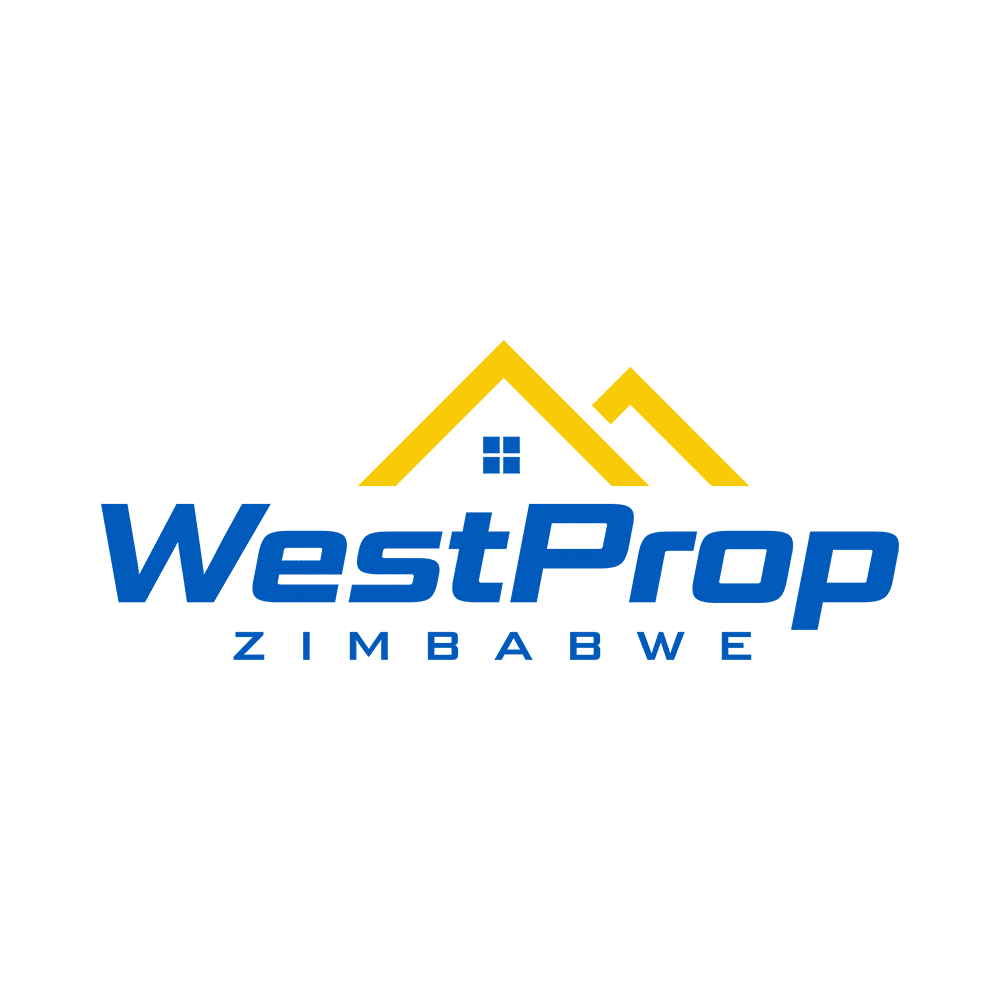
DAIRIBORD Holdings says it is adopting a “hold and survival” strategy for the remaining half of the year as it expects the operating environment to remain fragile and uncertain.
BY MISHMA CHAKANYUKA
Since September 2018, the business operating environment in Zimbabwe has become increasingly unfavourable due to, mainly, incessant power cuts, water shortages, fuel price increases and continued shortages of forex to import raw materials.
“The supply of electricity, water and foreign currency is expected to remain constrained. Critical for survival in the second half of the year are the following issues: Supporting viability and growth of the milk supply chain as an import substitution and export growth strategy, cost reduction and efficiency improvement initiatives to mitigate inflationary pressures,” Dairibord Holdings chairman Josphat Sachikonye said in a statement accompanying the group’s financial results for the half year ended June 30, 2019 released yesterday.
“Other issues critical for survival include reducing foreign currency liabilities and limiting borrowings to support critical supply and demand requirements, optimising the cash operating cycle through reviewing credit terms to align with emerging trends, developing export initiatives in the region and continue to invest in robust risk management and compliance procedures.”
In light of the challenges, the group foresees sales volumes declining from what they were at the half year. In the half year ended June 30, 2019, Dairibord Holdings recorded a 3% volume growth to 40,3 million litres, with the growth constrained by worsening supply of inputs.
By portfolio, Sachikonye said liquid milks and beverages volumes grew 13% and 3% respectively, while foods volumes declined 26% compared to same period last year.
“Revenue for the period was $118,1 million, a growth of 139% above 2018. This growth was on account of volume growth and gradual price adjustments to align with market conditions and cost push pressures. Price adjustments were, however, below the depreciation in exchange rates in order to balance viability with affordability. The ability to pass on to the consumer the full impact of cost increases was constrained by declining disposable incomes,” he said.
- Chamisa under fire over US$120K donation
- Mavhunga puts DeMbare into Chibuku quarterfinals
- Pension funds bet on Cabora Bassa oilfields
- Councils defy govt fire tender directive
Keep Reading
Sachikonye added that for the period under review, the raw milk intake grew 22% ahead of the national average growth of 14%.
Dairibord Holdings reported a profit after tax of $3,8 million in the half year ended June 30, 2019 up from the comparative 2018 period of $270 000.
Basic earnings per share went up to 1,13 cents in the period under review from the comparative 0,10 cents in 2018. However, just as how many other companies have reported, it should be noted that figures from 2018 are in US dollar terms compared to 2019.
As such, increases in figures are also due to conversion gains from previously held money into the Zimbabwe dollar reintroduced in June as the sole legal tender.
“Following the liberalisation of exchange rates in February 2019, and the translation of foreign obligations to the Zimbabwe dollar, the business incurred foreign exchange losses of $5,9 million for the period ended June 30, 2019,” Sachikonye said.
Total assets grew by nearly 48% in the period under review to $116,08 million from the 2018 comparative of $78,55 million.
Foreign currency denominated liabilities closed the period at US$1,85 million from US$3,96 million at the end of 2018.
However, Daribord Holdings had a current ratio of 1,76 showing the company has more than enough liquidity to cover its liabilities though it remains to be seen whether it can cover forex denominated ones.











